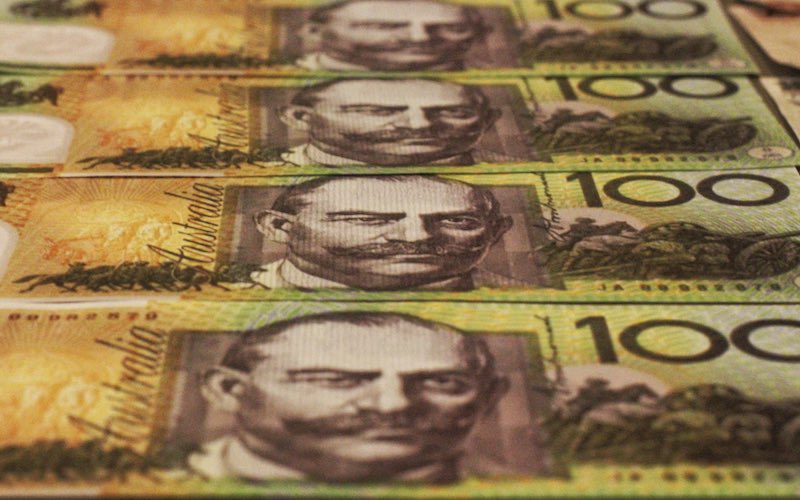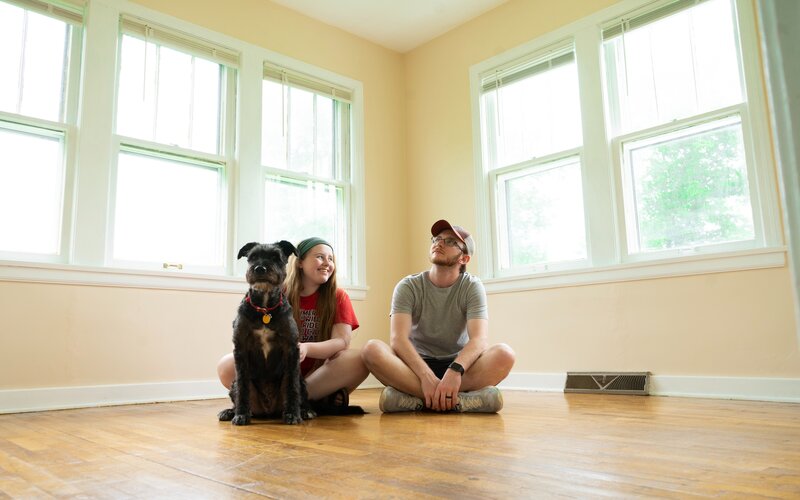ABS head of labour statistics Bjorn Jarvis said the fall reflects an increasingly tight labour market, high job vacancies and ongoing labour shortages.
"With employment falling by 41,000 people and the number of unemployed people also decreasing by 20,000, the unemployment rate fell by 0.1 percentage points, to 3.4%," Mr Jarvis said.
"In July, there were fewer unemployed people (474,000) than there were job vacancies (480,000 in May)."
The unemployment rate fell 0.2 points for men, to 3.4% - remaining steady at 3.4% for women.
Given the fall in both employment and unemployment in July, the participation rate also fell 0.3 points, now sitting at 66.4% from a record high of 66.8%. This is still 0.5 points higher than pre-pandemic times.
The participation rate was down for both men and women, falling 0.4 points and 0.3 points.
This rate drop comes as a surprise to economists who expected the rate to hold at 3.5%, further proving that the labour market is tight.
The data also comes off the back of the Wage Price Index release, which showed a modest 2.7% rise in wage growth in the June quarter.
The July reference period coincided with the winter school holidays, worker absences associated with Covid and other illnesses, and further flooding events in New South Wales.
Image by Pavel Danilyuk via Pexels



 Harrison Astbury
Harrison Astbury
 Denise Raward
Denise Raward

 Brooke Cooper
Brooke Cooper

